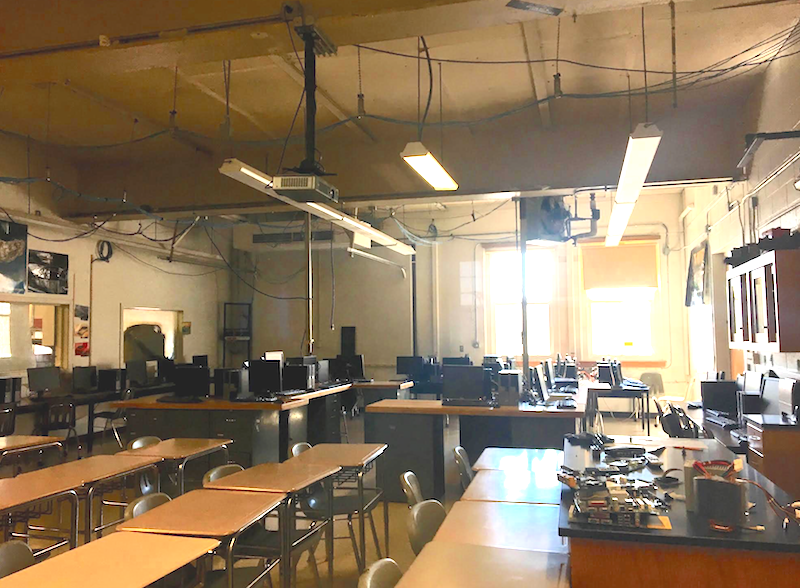The Club Proposal and Rejection Process
October 8, 2016
Ward Melville High School has always had a variety of clubs available, allowing students to learn new things, meet new people, and express themselves in new ways. This school year, however, many clubs that were proposed were rejected.
David Sun, a junior at Ward Melville, proposed the idea of an Engineering and Design Club this year. It would be used as a means for students “to use the school’s resources to create and design whatever they like.” While David does think that there are many people in the school who would have loved the opportunity to use the resources in the school’s tech lab and wood-shop, he was not given a reason for why the club was not passed. He thinks that it is because similar clubs already exist, like SCIO and Robotics. While those clubs are available, he is confident that they don’t grant the same freedoms that the engineering club would have.
The process of proposing a club is generally straightforward, according to David. First, you have to fill out a form providing basic information and ta description of the club you are proposing. You must also include a petition of people who support your club. When asked what advice he might give to students wanting to start a club, David says, “Just submit it. There’s really nothing holding you back from at least suggesting the club.” But be sure to put research and thought into your proposal, and find a possible club advisor for some helpful insight.
Mr. Finnerty, an Assistant Principal at Ward Melville, explains that there are general guidelines followed in order to determine whether or not to pass a club. In the spring, there is an announcement stating that any student interested in proposing a club should fill out and submit a form.
Once all the forms are handed in, there is a committee made up of teachers and administrators who are responsible for going through and evaluating all of the proposals. Some factors they consider are the current clubs in the school — if there already might be a similar club to the one being proposed, if there is a widespread interest for the club and its subject, or how it might impact the school and benefit its students.
Finnerty says that another determining factor for the number of clubs Ward Melville can have is the school budget and available resources. There were around forty club proposals last spring, and there are forty-two clubs currently in the school. It is nearly impossible to fund and provide for over 80 clubs, which is why they must be narrowed down.
If students are very passionate about a club they proposed that got rejected, Finnerty encourages them to meet with him. He is more than willing to offer advice or suggestions about improving the club idea or collaborating with another club already in place. To students interested in proposing a club, Finnerty says to make sure that it’s something creative that you are passionate about, and is something that will benefit the students.
While his club did get rejected this year, David feels an obligation to try again. He believes there are a lot of people eager to be involved in “creating something that they genuinely have an interest in.”



